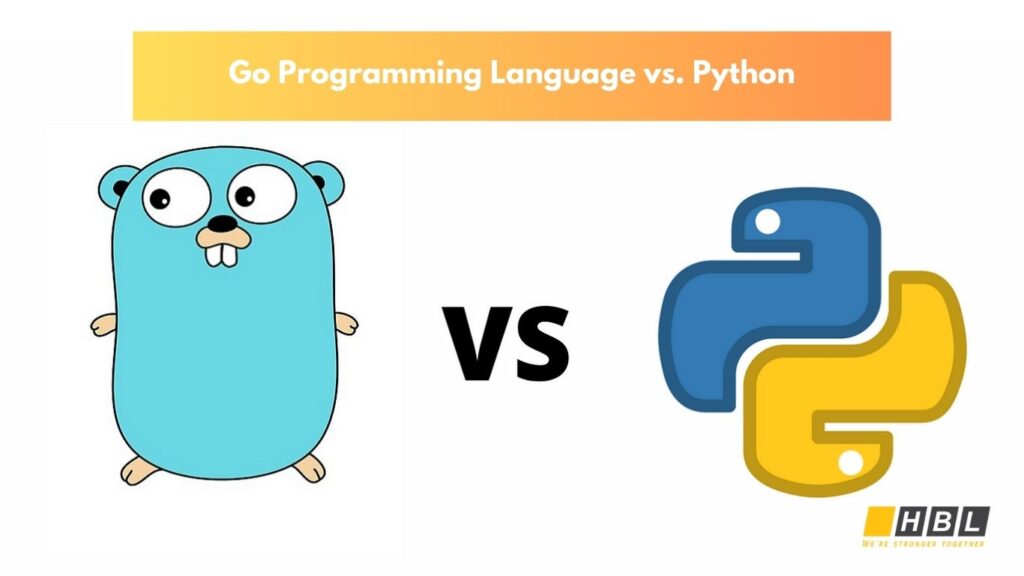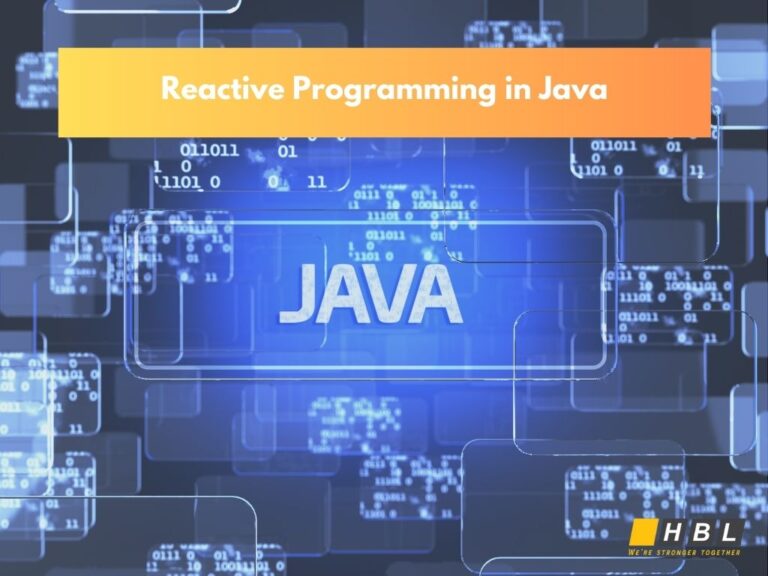In the rapidly evolving landscape of software development, selecting the appropriate programming language is crucial for the success of any project. Among the myriad of languages available, Go (also known as Golang) and Python have emerged as prominent choices, each offering unique features and benefits. Python, introduced in 1991, has long been celebrated for its simplicity and versatility, making it a popular choice across various domains. In contrast, Go, developed by Google in 2007, has gained attention for its performance and efficiency, particularly in system-level programming. This article delves into a comprehensive comparison between Go and Python, exploring their paradigms, performance metrics, syntax, concurrency capabilities, ecosystems, and real-world applications to assist you in making an informed decision for your next development endeavor.
Know-how about Go
Go (Golang)
Go, also known as Golang, is an open-source programming language developed by Google and introduced in 2007. It was designed to be efficient, easy to learn, and to provide support for modern hardware architectures. Go combines the performance and security benefits of languages like C++ with the ease of use found in higher-level languages.
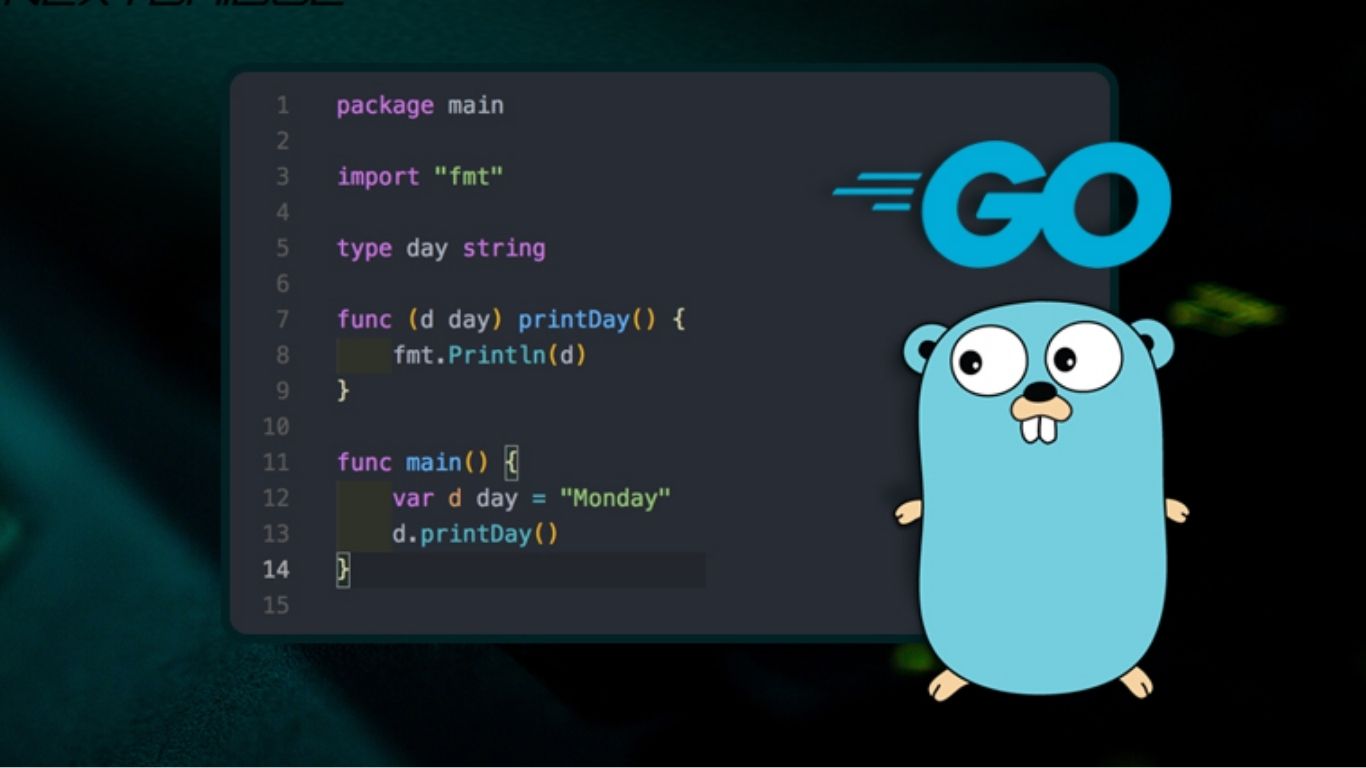
Key Features:
- Concurrency: Go’s built-in support for concurrent programming through goroutines enables efficient multitasking, making it suitable for building scalable and high-performance applications.
- Simplicity: The language emphasizes simplicity and clarity, with a syntax similar to C, reducing the complexity often associated with other programming languages.
- Performance: As a statically typed and compiled language, Go offers fast execution times, making it ideal for system-level programming and large-scale distributed systems.
Applications:
Go is often used for building large-scale distributed systems and high-performance applications. Its efficiency and scalability make it a preferred choice for developing web servers, networking tools, and data pipelines. Companies like Google and Dropbox have adopted Go for various projects, reflecting its growing industry acceptance
Know-how about Python
Python is a high-level, interpreted programming language created by Guido van Rossum and first released in 1991. It emphasizes code readability and simplicity, allowing developers to express concepts in fewer lines of code.
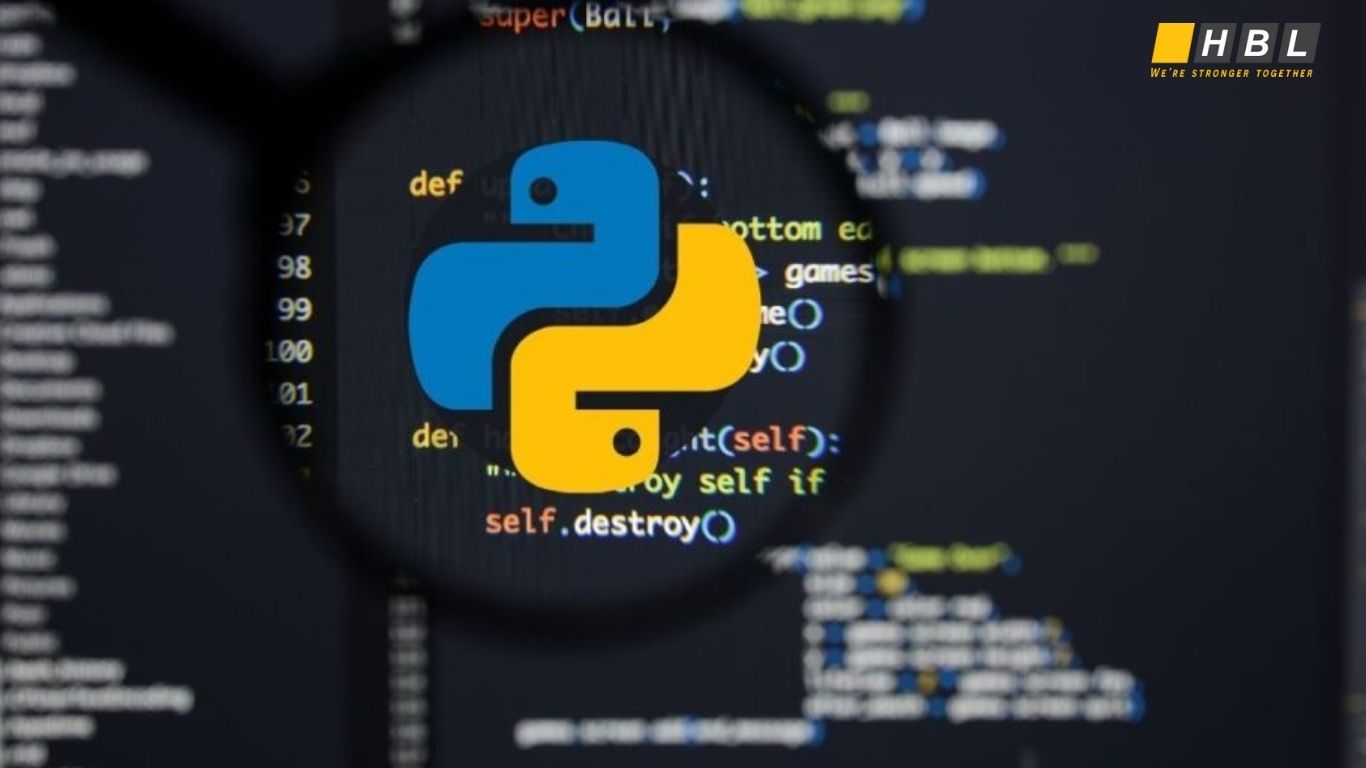
Key Features:
- Readability: Python’s clean and straightforward syntax makes it beginner-friendly, promoting the writing of clean and maintainable code.
- Versatility: Supporting multiple programming paradigms, including procedural, object-oriented, and functional programming, Python is adaptable to various programming needs.
- Extensive Standard Library: Python’s comprehensive standard library and dynamic typing make it versatile for various applications, such as web development, data science,
Applications:
Python’s versatility has led to its widespread use in various domains:
- Web Development: Frameworks like Django and Flask facilitate rapid development of robust web applications.
- Data Science and Machine Learning: Libraries such as NumPy, pandas, and scikit-learn make Python a preferred choice for data analysis and modeling.
- Automation and Scripting: Python’s ease of use makes it ideal for automating repetitive tasks and scripting.
Python’s design philosophy encourages writing clean and maintainable code, contributing to its widespread adoption in both academia and industry.
Go vs. Python: A Comparison of Key Performance Differences
When comparing the Go and Python programming languages, their distinct approaches to programming paradigms and typing systems significantly influence their respective use cases and developer experiences.
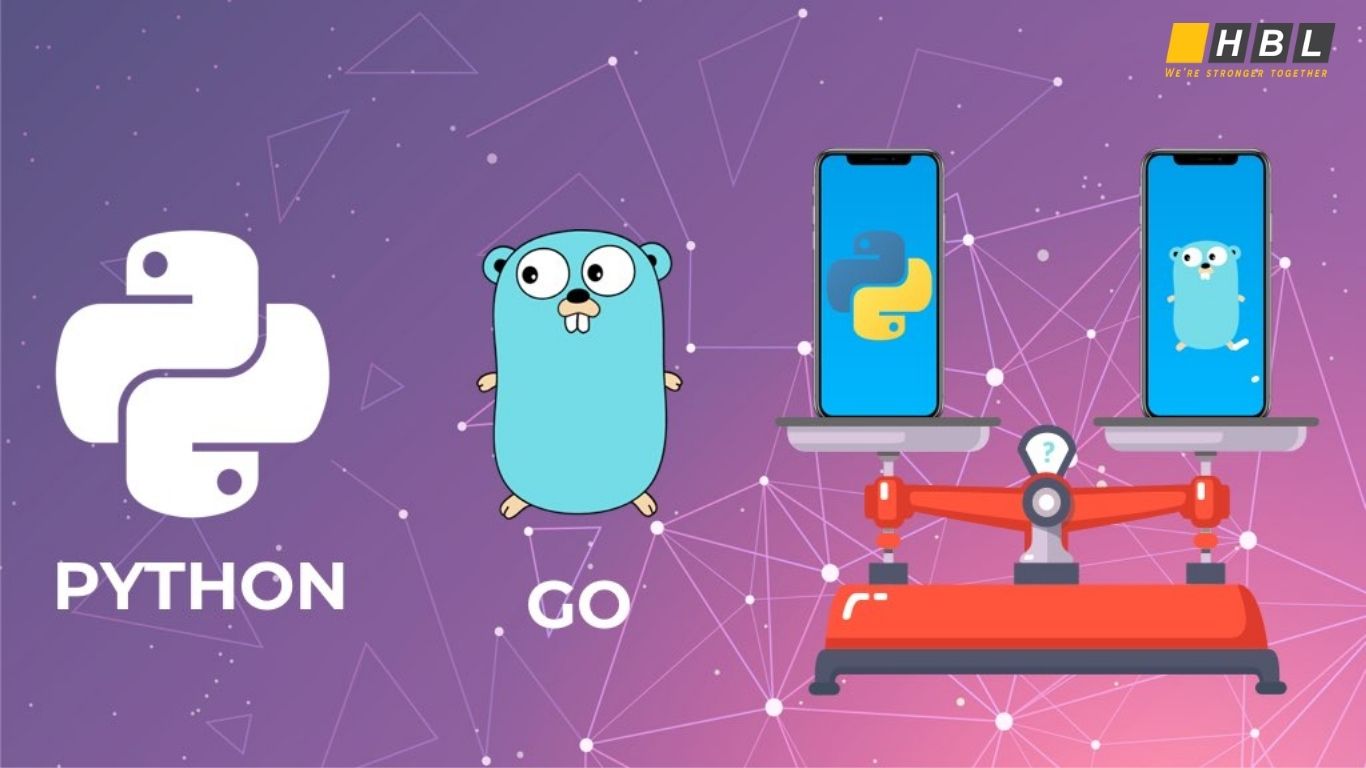
1. Language Paradigms and Typing
When evaluating programming languages like Go and Python, understanding their supported paradigms and typing systems is crucial, as these aspects significantly influence development practices, code maintainability, and performance.
Programming Paradigms:
- Go: Go supports procedural, functional, and concurrent programming paradigms. Its design emphasizes simplicity and efficiency, making it particularly suitable for system-level programming and applications requiring high performance.
- Python: Python is a versatile language that embraces imperative, functional, procedural, and object-oriented programming paradigms. This flexibility allows developers to choose the most appropriate approach for their specific problem domain, contributing to Python’s widespread adoption across various fields.
Typing Systems:
- Go: As a statically typed language, Go requires explicit declaration of variable types at compile time. This approach facilitates early detection of type-related errors, enhancing code reliability and maintainability.
- Python: Python employs dynamic typing, determining variable types at runtime. While this offers flexibility and rapid development capabilities, it can lead to runtime errors if types are mismanaged, necessitating thorough testing and debugging
2. Performance Showdown
When evaluating the performance of programming languages, Go and Python present distinct characteristics due to their underlying architectures. Go, being a statically typed, compiled language, translates code directly into machine code before execution. This compilation process results in faster execution times, as the code is optimized for the target machine. In contrast, Python is a dynamically typed, interpreted language, executing code line-by-line at runtime, which can introduce performance overhead.
Execution Speed:
Go’s compiled nature provides a significant speed advantage over Python. Benchmarks indicate that Go can execute CPU-bound tasks approximately 4 to 10 times faster than Python. This performance gap becomes more pronounced in larger codebases, where Go’s ahead-of-time compilation optimizes the entire program for efficient execution. Conversely, Python’s interpreter processes code incrementally, which can slow down performance, especially in compute-intensive applications.
Startup Time:
The initialization phase of a program, or startup time, is another area where Go excels. Go’s minimal runtime environment allows for rapid startup, often within a few milliseconds. Python, however, has a more substantial runtime that loads numerous built-in modules and libraries during initialization, leading to longer startup times—potentially 50 to 100 times slower than Go.
Memory Utilization:
Efficient memory usage is crucial for scalable applications. Go’s design emphasizes memory safety and efficiency, resulting in lower memory consumption. Benchmarks have shown that Go programs can have approximately 4 to 5 times lower memory usage compared to similar Python implementations, particularly in larger applications. This efficiency enables Go applications to scale effectively while maintaining high performance.

3. Syntax and Readability
Go uses curly braces {} to define code blocks, similar to languages like C. It requires explicit variable declarations, specifying both the variable name and type, which enhances code clarity and reduces ambiguity. This verbosity ensures that the code’s intent is clear, facilitating maintenance and reducing potential errors.
Python’s Elegant Indentation: Simplicity in Design
Python defines code blocks through indentation, eliminating the need for braces. This design choice enforces a uniform coding style and enhances readability. However, strict adherence to indentation is crucial, as inconsistent use of tabs and spaces can lead to syntax errors or unintended behavior.
Go’s explicit syntax promotes clarity and maintainability, making it suitable for large-scale projects where strict type enforcement is beneficial. In contrast, Python’s indentation-based syntax offers simplicity and readability, ideal for rapid development and projects where ease of use is prioritized.
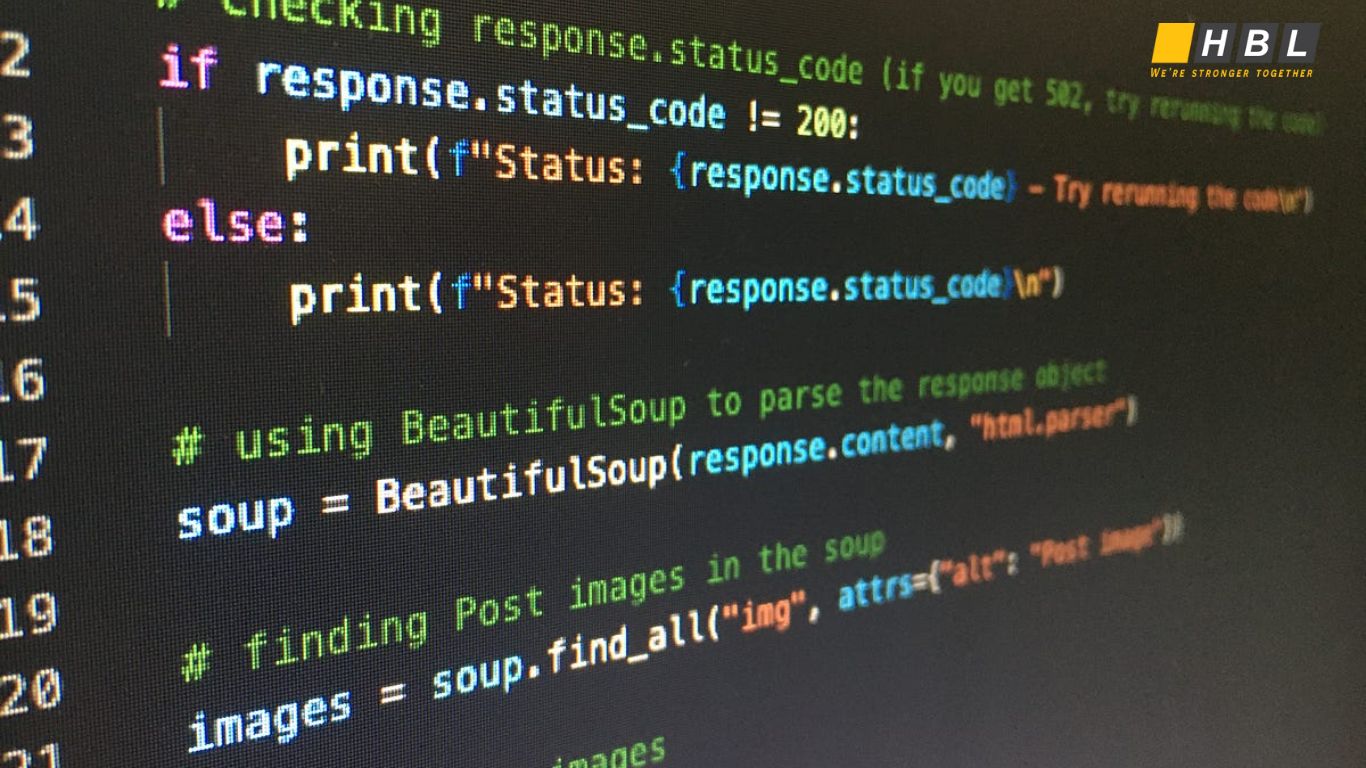
4. Concurrency and Scalability
Go and Python differ significantly in their approaches to concurrency and scalability, each offering unique advantages and challenges.
Go’s Goroutines: Concurrency Made Simple
Go was designed with concurrency in mind, introducing goroutines as a core feature. Goroutines are lightweight, managed by the Go runtime, and allow developers to efficiently handle multiple tasks simultaneously. This model enables Go to outperform Python in highly parallel workloads, making it a preferable choice for concurrent programming tasks.
Python’s Concurrency: Libraries to the Rescue
Python’s standard implementation, CPython, includes a Global Interpreter Lock (GIL), which restricts the execution of multiple threads simultaneously. This limitation can hinder performance in CPU-bound and multi-threaded contexts. To address concurrency, Python relies on external libraries such as asyncio, threading, and multiprocessing. While these tools offer flexibility, they require careful management to achieve effective concurrency and scalability.
5. Ecosystem and Libraries
Go and Python differ notably in their ecosystems and libraries, influencing their suitability for various projects.
Python’s Extensive Ecosystem
Python offers a vast array of libraries and frameworks, making it a versatile choice for numerous applications. Its extensive standard library and third-party packages cover areas such as web development, data analysis, artificial intelligence, and more. This rich collection of libraries enables developers to rapidly build and deploy applications across various domains.
Go’s Growing Ecosystem
While Go’s ecosystem is smaller compared to Python’s, it is rapidly expanding. Go’s libraries are known for their remarkable speed and reliability, as they are masterfully engineered solely in Go, avoiding reliance on external language bindings or dependencies. This focused development strategy results in outstanding efficiency and high performance, making Go particularly suitable for tasks requiring concurrency and scalability.
6. Use Cases and Industry Adoption
Go and Python are both widely used programming languages, each with distinct strengths and industry applications.
Go: Performance and Scalability
Go, developed by Google, is known for its speed and efficiency, making it ideal for system programming and scalable network applications. Its compiled nature ensures high performance, and companies like Google and Dropbox have adopted Go for various projects.
Python: Versatility and Ease of Use
Python’s simplicity and extensive libraries make it a popular choice for web development, data science, and automation. Frameworks like Django and Flask facilitate rapid web application development, while libraries such as NumPy and pandas are essential for data analysis. Major companies like Google and Facebook utilize Python for various applications.
Choose Go for high-performance, scalable systems, and Python for versatility and rapid development across various domains.
7. Community and Support
Go and Python have distinct community sizes and support structures, influencing their adoption and developer experiences.
Python: Extensive Community and Support
Python boasts one of the largest programming communities globally, with over 15.7 million developers as of 2023. This expansive community offers numerous resources, including extensive documentation, tutorials, and a wide array of libraries and frameworks. The community is known for its diversity and inclusivity, supporting both beginners and seasoned developers. Its widespread use in various domains, such as web development, data science, and automation, further strengthens its community support.
Go: Growing Community with Strong Corporate Backing
Go, developed by Google, has a rapidly growing community. While smaller than Python’s, it benefits from strong corporate support and an active developer base. The Go Developer Survey 2021 received 11,840 responses, indicating active engagement within the community. Go’s community is particularly robust in areas like systems programming and infrastructure, reflecting its design goals and industry adoption.
8. Learning Curve and Career Opportunities
Go and Python each offer unique learning experiences and career prospects.
Learning Curve
- Python: Known for its simple syntax, Python is beginner-friendly and widely used in education.
- Go: Designed for simplicity, Go is also easy to learn. However, its unconventional error handling may present challenges for some learners.
Career Opportunities
- Python: With extensive applications in fields like AI, data science, and web development, Python offers numerous job opportunities.
- Go: While the job market for Go is smaller, it is rapidly growing, especially in backend development and cloud services. Go developers often command higher salaries.
Conclusion
Go and Python each have distinct strengths. Go offers high performance and efficient concurrency, making it ideal for system-level programming and scalable network services. Python emphasizes readability and simplicity, with a vast ecosystem suitable for rapid development in areas like web development and data science. Choosing between them depends on specific project requirements and goals.
See more:
Reactive Programming in Java: Benefits, Challenges & Best Practices
Top 10 Fastest Programming Languages and How to Choose the Right One
